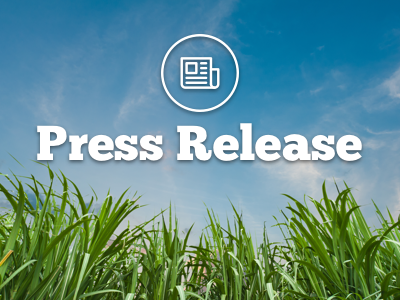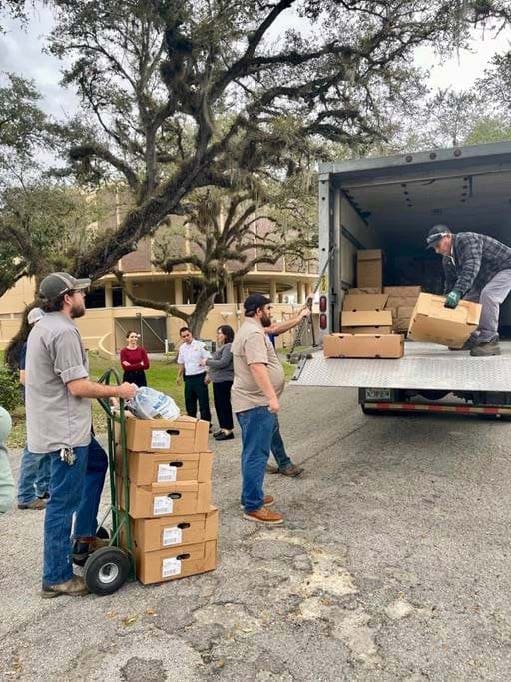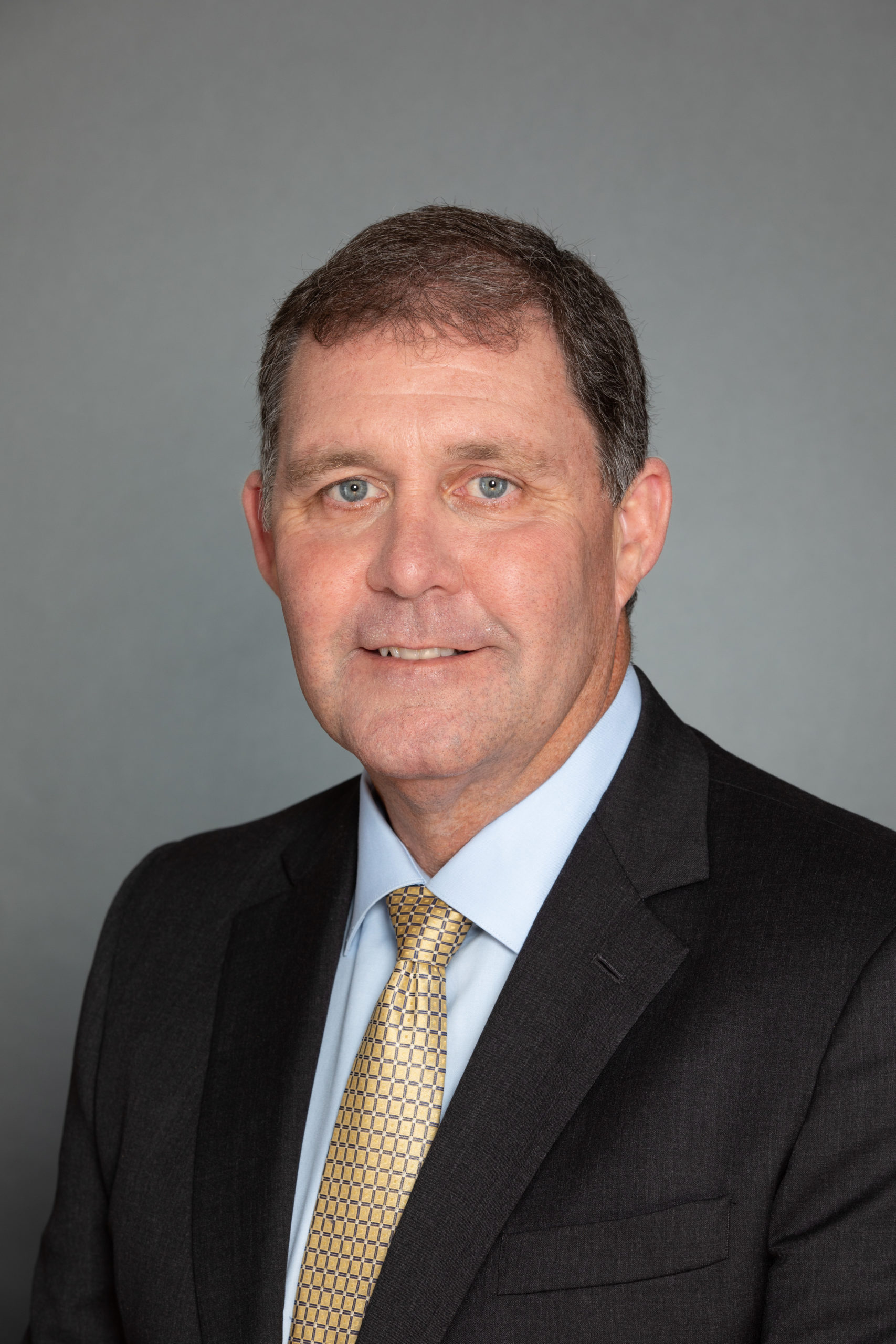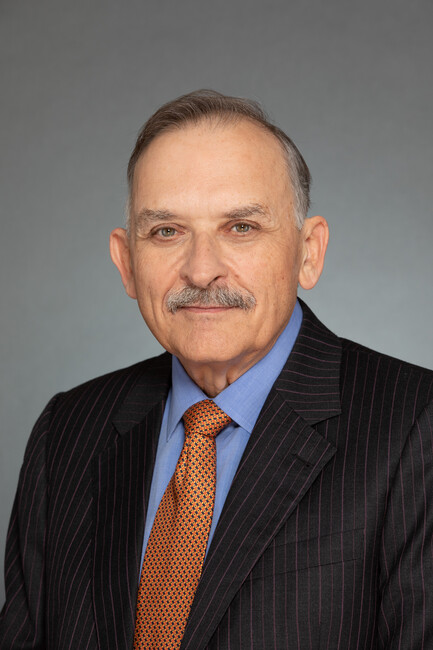*Note, the Palm Beach Post refused to run our response as submitted.
Glades farmers may be a small percentage of the county population but they help ensure our country and its families have food on the table. In the rural farming region, our farmers play an even more important role as a critical community partner.
In a 7,000-plus word story published in the Post last Sunday, an article on sugarcane harvesting practices ran with little input from its main subject – farmers. Absent from pages of this year-long investigation were interviews with family sugarcane farmers, mechanics, mill workers, scientists, engineers and community leaders that did not fit what some would say was a predetermined narrative. All of us live in this community and among the fertile farmlands and sugarcane fields, yet this story was only interested in what a handful of Glades residents had to say.
While U.S. Sugar was contacted one week before the “deadline,” we’ve since learned that the story had already been written before we were asked for comment. A one-year investigation into the practices we deploy in our harvesting process – and the subject is asked to weigh in after the story is written?
As farmers, we rely on clean land, water and air for the health of our families and our crops. That commitment to ensuring the land we work is kept safe and healthy is often a multi-generational one — even for larger organizations like ours that have been farming this land for 90 years.
Contrary to what was reported, during the sugarcane harvest season, the surrounding counties do not show increases in hospital visits for respiratory issues. The latest data from the Department of Health shows that Hendry, Glades and Palm Beach counties are below the Florida state average for lifetime adolescent asthma.
In addition to public health data, farmers rely on decades of science and regulation set at the federal and state levels. Recent coverage disputed the EPA’s 24-hour standard for PM 2.5 without explaining why this time interval was chosen rather than the 10-minute intervals the authors preferred.
In 1997, the EPA evaluated hundreds of scientific studies to set the 24-hour standard for PM 2.5 (particulates). The 24-hour standard takes into account one of the greatest contributors to PM 2.5: automobiles. A 10-minute interval could create clear problems with readings that could spike if an idling car/truck is near a monitor for a few minutes. Or, here in a rural area, field dust being kicked up momentarily.
Over the past few years, sugarcane farmers placed professional-grade air monitors in several farming communities. That data, which we provided to The Post, was consistent with the data collected by the Florida Department of Environmental Protection-approved monitoring station. Importantly, all three data sets, including the one The Post procured, confirmed that the air in Glades farming communities is safe and considered “good” by EPA standards—the best category within the Air Quality Index.
Like other regions The Post cites, Florida farmers already mechanically harvest our crops and are continually improving our agricultural practices based on the best science and technology available. When Agriculture Commissioner Nikki Fried enhanced Florida’s agricultural burn program in 2019/2020, farmers agreed. These enhancements are blind to socioeconomic status and ensure every community is equally protected. Suggesting otherwise is disingenuous.
Farmers respect our neighbors by treating them with honesty, fairness, and a commitment to the environment we all share by ensuring that our farming operations follow the best available scientific guidance and strictest regulations.
Unfortunately, this same level of respect was not displayed in the story as most of these facts and voices were ignored. To understand why, The Post should be transparent with readers and disclose to them the full proposal and application it submitted to ProPublica to secure outside funding for this story.




